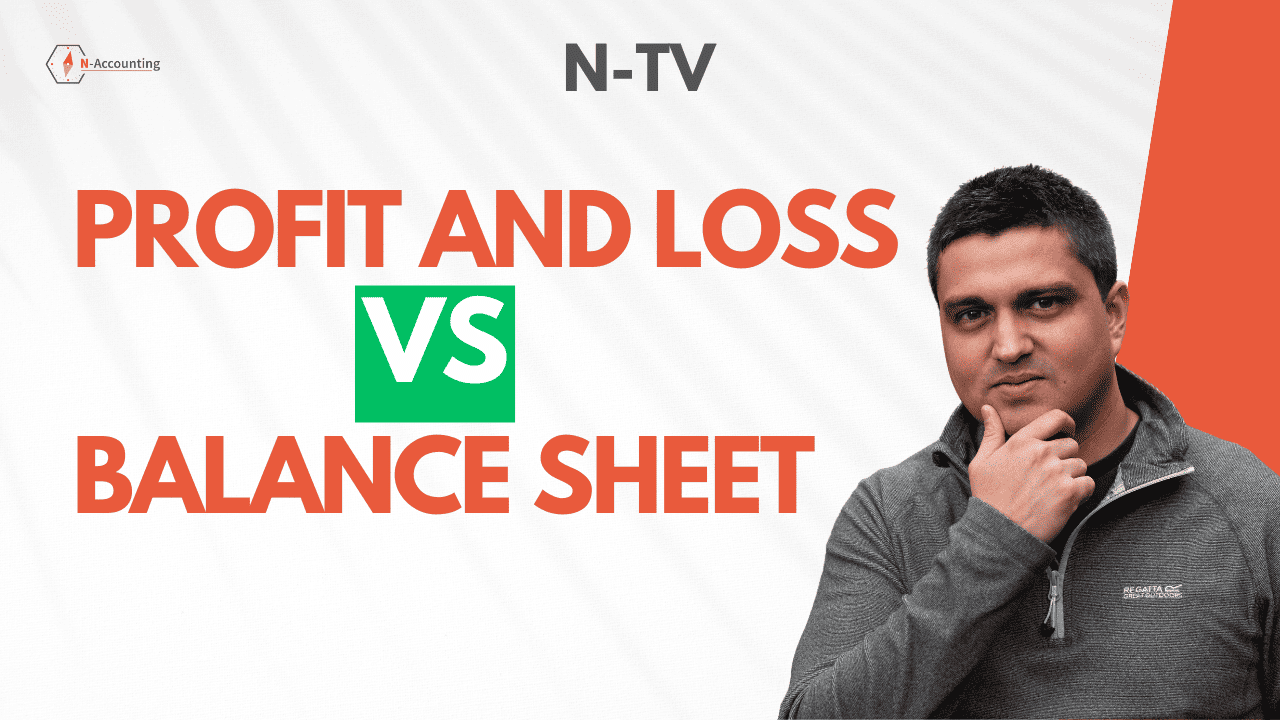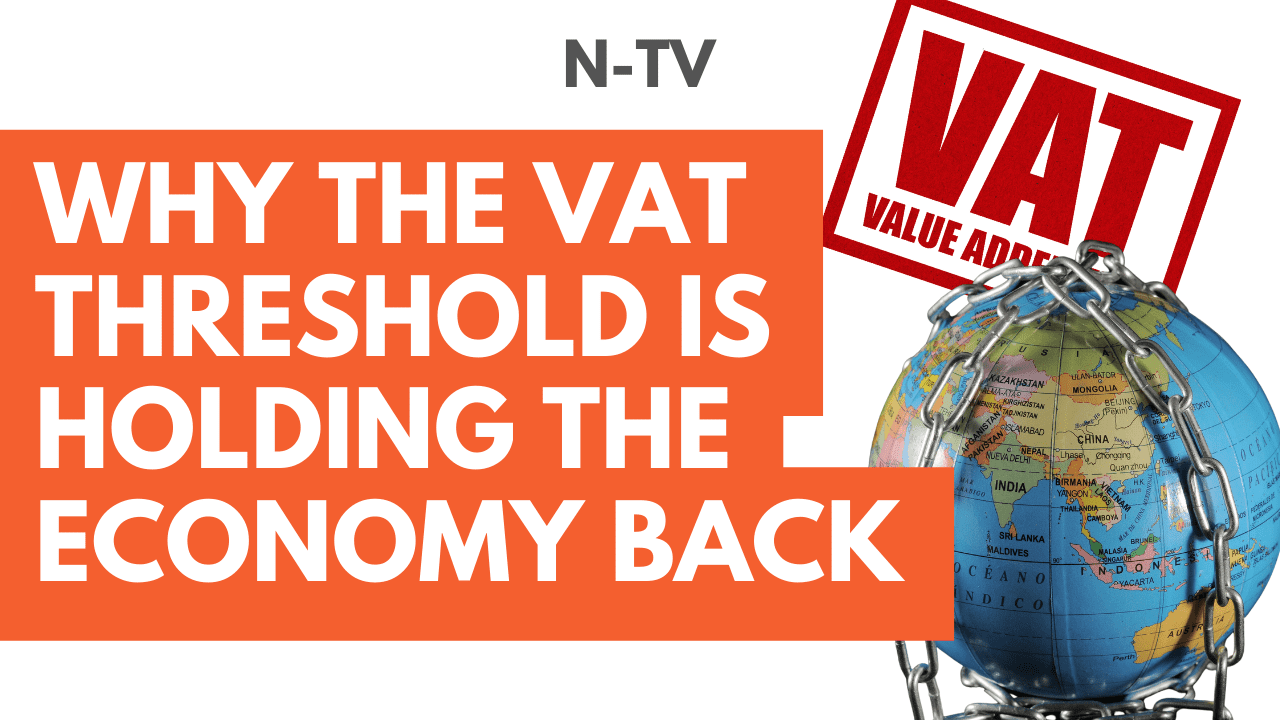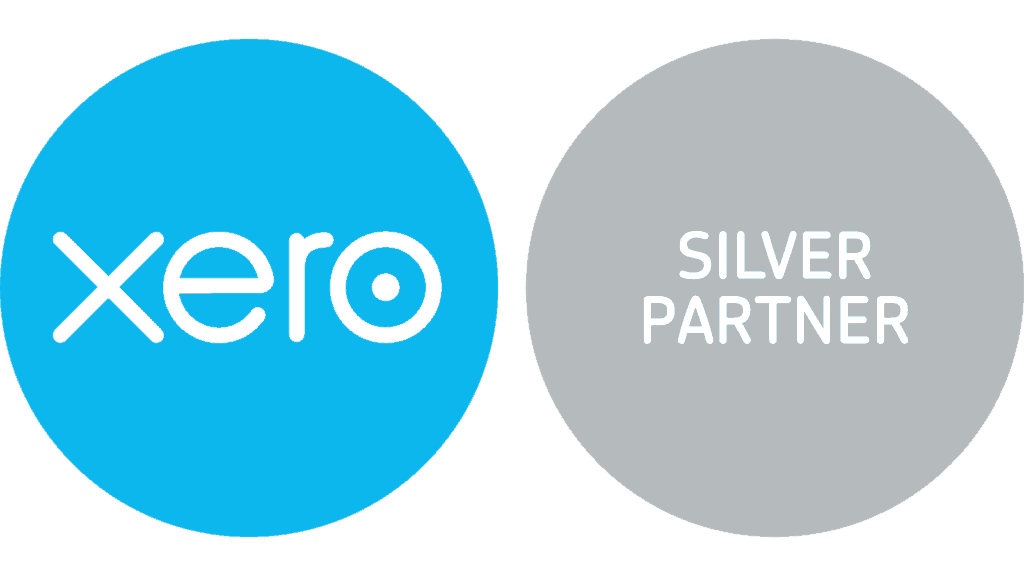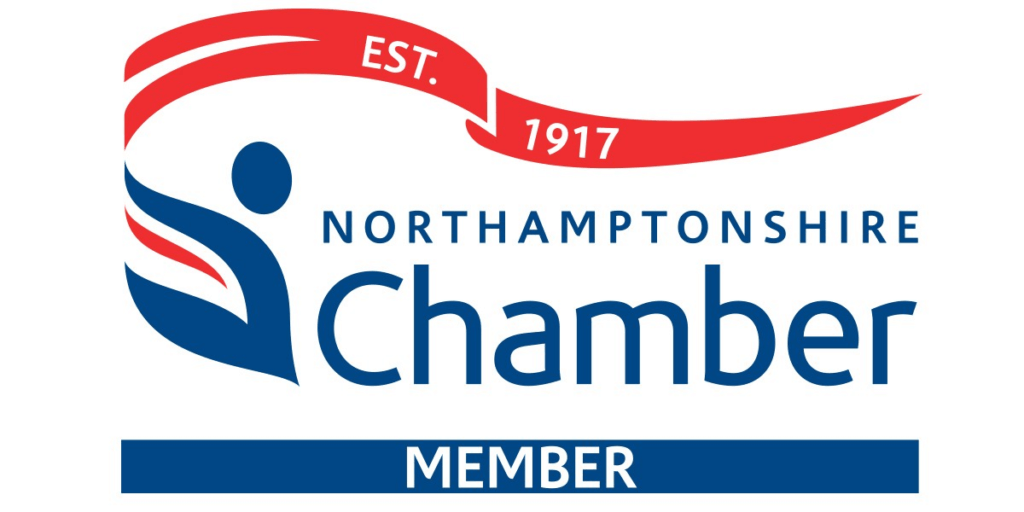Contents
3 reasons you will want to use a holding company
Tax advantages of holding companies
Flexibility with business partners
How to create a holding company
Holding Companies are always a hot topic when tax planning is discussed but many accountants struggle to incorporate them into a strategy. Companies House charge £50 to incorporate and can have a company up and running within a couple of days which can give people a false sense of simplicity.
A point I want to make in this article is that a holding company without the right structure and planning in place can do more harm than good so you really need to establish firstly if you need one at all and secondly get the restructuring right so you don’t end up with tax, legal and banking issues that impact your business.
Key Takeaways
- Holding companies provide asset protection for small businesses by separating valuable assets from the operational risk of subsidiary companies which can shield these assets from creditors in the event of insolvency.
- Using holding companies gives you tax advantages such as deferral or elimination of tax through tax free intercompany dividends, the Substantial Shareholding Exemption and strategic use of intercompany loans and Special Purpose Vehicles (SPVs).
- A holding company structure gives you flexibility in business partnerships and family run businesses by allowing different income management and wealth extraction strategies, minimising conflict and utilising tax free allowances.
Before you continue reading…
Our clients enjoy these things as standard:
- Three working hour response time for queries
- Fixed monthly payments and any ad hoc fees pre-agreed
- Full UK based team in the office 9-5 Monday-Friday
- All-inclusive tax planning and software support
- Free representation in the event of an enquiry
What is a holding company?
Holding companies come in all shapes and sizes each with their own organisational structure. Some may have one subsidiary, others may have a complex web of subsidiaries and parent companies. This allows businesses to tailor their holding company structure to their needs and objectives.
What is a subsidiary?
A company that is part of a larger entity, known as the holding company, is called a subsidiary. Many small business owners main trading companies evolve into subsidiaries which operate under a holding company but these can also be an SPV which we’ll cover later.
3 Reasons you will want to use a holding company

- Protecting your assets and cash: By putting your assets in a holding company they are separated from the day to day operational risk of the business, providing a safe haven against potential legal claims or creditor action. This is particularly important for small business owners who need to keep their personal and business assets safe from any unexpected business downturns.
Tax advantages: By planning and structuring their finances correctly they can take advantage of various tax benefits such as transferring profits between companies within the holding structure without incurring additional tax. This can save them a lot of money and simplify the management of the business.
Flexibility with business partners and family members: By using a holding company you can have different profit sharing, investment and business roles for each individual which can avoid conflicts that may arise from different objectives or visions for the business.
1. The Power of Asset Protection

In business things can change in an instant. A successful business today can be in financial trouble tomorrow due to events beyond their control. When that happens the assets in the business can be at risk from creditors. That’s where a holding company comes in, a safe haven for your hard earned assets.
Setting up a holding company allows you to separate your assets and liabilities. It’s like putting your valuable assets, such as property, in a safe box and keeping them away from any trouble your trading business may get into. By keeping these assets away from day to day business risk you are putting a plan in place to manage those risks wisely.
You can also move cash reserves out of your main business by paying dividends to the holding company, this is then out of reach of any potential creditors.
Shielding Against Business Risks
The main benefit of a holding company is that it creates a clear legal separation between itself and the subsidiaries. If a subsidiary racks up debt, this can’t come back to bite the holding company as creditors can’t go after the holding company for what’s owed by a subsidiary. This is a safe way to keep the holding company’s assets.
There are many good reasons to use a holding company structure like:
Keep important assets or extra cash separate and safe
Run riskier business ventures through separate companies
Easier management across the whole group
Risk and liability protection strategies
Treating each buy-to-let investment’s subsidiaries as its own company so only the assets in one pot are at risk if things go wrong
By doing this you look after not just the main holding company but also any subsidiaries that aren’t in trouble if one part of the business hits a rough patch.
2. Tax advantages of holding companies
A holding company isn’t just a safe place for your assets – it’s also a tax efficient way to do things. Here’s what you get:
Move money around with intercompany dividends and loans without the taxman taking a slice, which you’d normally expect when moving funds around.
- Grow your wealth without tax.
And if you decide to sell part of your business or wind up a subsidiary there’s something called the Substantial Shareholding Exemption (SSE). This means you won’t have to pay capital gains tax on the profits from the sale. That’s more money in your pocket for your next business venture. Let’s take a look at how these tax benefits work when you have a holding company and its subsidiaries.
Franked Investment Income (tax free dividends)
Subsidiary companies can pass dividends up to their holding company without tax, this allows for smooth profit transfers within the group. By passing profits up as dividends subsidiaries can effectively add to a consolidated pot of resources at the holding company level.
This can then be allocated to various group projects, whether it be reinvesting into the business, funding new ventures or even paying shareholder dividends. The ability to move profits without tax implications gives you a lot of financial flexibility and can be a powerful tool in corporate strategy and planning.
Intercompany Loans
Within a holding company structure intercompany loans are a way to move tax free cash around. These transactions allow the flow of funds between the holding company and its subsidiaries without tax liability.
Just to note when a holding company lends to a subsidiary it’s a lot safer than loans between subsidiaries. If things go wrong with the subsidiary that has a loan owed to it then creditors can try to seize this outstanding loan as an asset or debtor.
3. Substantial Share Holding Exemption
The SSE or Substantial Shareholding Exemption is a key part of your tax strategy. This exemption allows companies to sell significant shares in another company without paying corporation tax on the capital gains from that sale, provided they meet certain criteria. These criteria are that the selling company has held at least 10% of the shares for at least 12 months in the 6 years prior to selling their investment.
When you sell a business entity capital gains tax can be a big hurdle. The SSE removes that hurdle so you can use all the proceeds from selling your business to fund your next venture without tax.
A holding company structure can give you tax benefits by reducing Corporation Tax, Capital Gains Tax and Stamp Duty Land Tax – effectively limiting the overall tax burden of the business.
Special Purpose Vehicles (SPV’s)
Special Purpose Vehicles or SPV’s are a type of subsidiary that can be part of a holding company structure. They often hold assets like properties. A holding company can lend to an SPV which then uses it as security for property loans. This can make use of the holding company’s strong financial position and create more tax savings.
Why offshore holding companies are a bad idea
Setting up a holding company in a country where the corporation tax is lower than the UK might seem like a good idea. But this is aggressive tax avoidance and may be ruled out by the tax tribunals. Avoid offshore holding companies unless you actually live in that other country.
While these may seem like a good idea because of lower tax, remember that this perceived benefit may be offset by the risk of legal challenges and higher overall tax costs.
3. Flexibility with Business Partner

Running a business with a partner can be tricky, especially when it comes to sharing the profits. Disagreements can arise when one partner wants to take more money out of the business than the others. Since dividends are paid out based on the type of shares you hold, you’re often stuck with a take it or leave it situation with your business partner.
A holding company can be the solution to these problems. It gives each partner the freedom to decide how and when they get paid. This can smooth over any potential disagreements and allow each person to manage their own finances while keeping the business relationship level.
Management Fees
Management fees. Charge these to the holding company and transfer profits from the trading company to create a new way to distribute benefits. These fees are taxable in the holding company but can be tax relief for the trading company.
This is quite flexible which is useful when business partners have different views on benefits like company cars and pension schemes.
In a 50:50 owned business it’s also possible to reduce the overall corporation tax rate as the individual holding companies can be in a lower threshold than the main trading company if it was taxed on all its profits.
Family
For family businesses holding companies are a good idea. They can share the income among family members who are part of the business so everyone can use their tax free allowances and stay in lower tax brackets.
So everyone gets their fair share of the profits and the family can keep more of what they earn by being tax smart.
How to create a holding company
Now that you know the benefits of a holding company structure you might want to know how to set one up. It starts with swapping shares from your current business for shares in a new holding company – a share for share exchange. This type of exchange would normally trigger capital gains tax or stamp duty costs but there are specific tax reliefs to avoid these charges.
Relief from capital gains tax is usually obtained under Section 135 TCGA 1992 and from stamp duty under S77 Finance Act 1986.
To be safe you’ll need to get clearance from HMRC before you start. The rest of the process is standard paperwork: stock transfer forms, board resolutions, shareholder agreements and updated company documents like articles of association and confirmation statements.
Although setting up a holding company can be complicated the long term benefits of financial protection from capital gains and other benefits make it worth it.
Summary
A holding company is a good idea for small business owners who want to protect their assets, save tax and have more flexibility in how they run their business. It’s like a safety net that keeps your most valuable assets safe if your company hits financial trouble while also giving you clever ways to manage your money and reduce your tax bill.
As we’ve come to the end of our holding company guide remember every business is different. What works for one won’t work for another so always get advice from the experts. With proper planning and the right strategy a holding company could be just what takes your business to the next level.
Frequently Asked Questions
What is a holding company?
A holding company is a parent company that owns enough shares in other companies to control their policies and management. But it doesn’t get involved in the day to day business operations. This separates your valuable assets from the companies.
What are the main benefits of a holding company?
The main benefits are asset protection, tax benefits and flexibility with business partners.
How does a holding company protect assets?
A holding company protects assets by legally separating them from the operational parts of the business so they are safe if the company hits financial trouble. This separation acts as a buffer so the assets held within the holding company are insulated from any legal disputes, bankruptcies or creditor claims that may arise within the operational entities. It’s a protective corporate veil that’s hard for creditors to pierce so the assets under the holding company are kept intact and valuable. Isolating assets in this way is good risk management for small business owners who want to preserve their wealth and secure their future.
What are the tax advantages of a holding company?
Companies can use holding companies to get tax benefits which include the substantial shareholding exemption, exemption on dividends received, intercompany loans and special purpose vehicles. These benefits reduce tax and increase profit.
How do I create a holding company?
Setting up a holding company is a share for share exchange where you swap your existing business shares for shares in the new holding company. Make sure you use all the tax reliefs to avoid extra costs. You’ll need to dot the i’s and cross the t’s on all the paperwork and get clearance from HMRC.
Paying attention to these steps is essential for a smooth setup of your holding company.





















